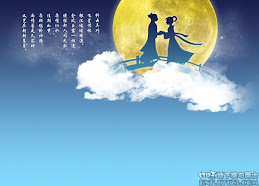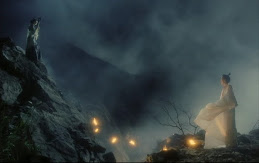Although I am not yet an ardent fan or lover of pokemons, this periodic table caught my attention. The creator of this master pieces must be a pokemons lover.
The "Chemical" characteristics and properties also reveal the interest in chemistry. Studying chemistry is going to be fun! The periodic contents are still intact with the atomic mass, element names, element symbols and proton (atomic) numbers.
I like especially the short descriptions of each "Element" which could be the characteristic of the pokemon in the picture. However we need to interpret the background colouring. In the normal periodic table the colour indicates metal / non-metal / gas / metalloid / halogen (form salts called halides) / others properties of the elements. The colour of the edges of each cells takes over this function.
For example edge colour,
light blue for metal,
dark red for non-metal,
purple for elements with both metal and non-metal property (metalloid), and
pink for noble gas.
Interpretion of background colour
Red for alkali metal,
Light green for alkaline earth metal,
light blue for halogen,
purple for noble gas,
white background with light blue edges for transition elements,
white background with purple edges for metalloid (element with both metal and non-metal property),
white background with red edges for non-metal,
light brown for lanthanides andlight yellow for actinides.
A rare, precious and creative pieces of work. Full of initiative with a strong sense of humour.
Such tremendous amount of efforts certainly deserve global appreciation from young and old alike.A timless and classical piece of beautiful art waiting for Nobel prize to be awarded. Please click on it to see the other pokemons.Extracted from http://aleptu.com/images/2009/03/periodic_table_of_pokemon.jpgThe table has about 112 pokemons out of the 500 some times back. I still haven't find Pikachu, the only pokemon I know so far.
Please click on it to see the other pokemons.Extracted from http://aleptu.com/images/2009/03/periodic_table_of_pokemon.jpgThe table has about 112 pokemons out of the 500 some times back. I still haven't find Pikachu, the only pokemon I know so far. A smaller version of the same table.
A smaller version of the same table.
The Periodic Table of Elements
The Periodic Table is a list of elements arranged in order of their increasing proton (atomic) numbers. The Periodic Table divides the elements into periods and groups.
A period is a horizontal row of elements and a group is a vertical column of elements.
Periods
The Periodic Table consists of 7 periods of elements, numbered 1 to 7. The periods run horizontally from left to right. Each element in a period has a proton number. This number increases by 1 as we move across to the right. For example, in Period 1, hydrogen has a proton number of 1 and helium which is to the right has a proton number of 2.
Groups
The Periodic Table consists of 8 groups of elements, numbered 1 to 0. They run vertically from top to bottom. Group 0 is sometimes called Group VIII.
 The Periodic Table from http://media-2.web.britannica.com/eb-media/45/7445-004-6D310733.gif
The Periodic Table from http://media-2.web.britannica.com/eb-media/45/7445-004-6D310733.gif
Transition ElementsThe block of metals between Group II and III is known as the transition elements.
Metallic and Non-metallic CharacteristicsMetals are grouped on the left-hand side of each period.
Non-metals are grouped on the right-hand side.Due to the change from metal to non-metal across a period, there is also a change in the properties of the elements.
GROUP I Elements - Alkali Metals- Alkali metals are soft.
- They can be cut easily.
- It has shiny and silvery surface but rapidly tarnishes in air.
- They are called alkali metal because they react easily with water to form alkalis.
- They have low melting and boiling points. Lithium (Li), sodium (Na) and potassium (K) are the first three elements in the group.
- Alkali metals have low density and float on water.
- The alkali metals are reactive metals and must be stored in oil to prevent reaction with air and water.
- Alkali metal are powerful reducing agents. They have one electron in their outer shell and thus can readily lose it to behave as powerful reducing agent in all reactions.
- Compounds of the alkali metals are ionic, soluble in water, and have similar chemical formula.
GROUP I, II and III Elements - Metals- Their atoms lose electrons to form positive ions.
- The charge of the ion is the same as the group number of the element forming it.
GROUP IV and V Elements They are less likely to form ions.
- They share electrons to form covalent bonds
- Have maximun oxidation state that is the same as the group number of the element
GROUP VI and VII Elements - They are non-metals
- They tends to gain electrons and form negative ions
GROUP VII Elements - HalogensThe elements in Group VII of the Periodic Table are called Halogens. The elements in the group are flourine (F), chlorine (Cl), bromine (Br), iodine (I) and astatine (At).
- Ther halogens are non-metals.
- They exist as diatomic covalent molecules.
- The halogens have low melting and boiling points.
- They are coloured.
- Halogens are reactive non-metals. The valence shell of each halogen contains seven valence electrons. They only need one more electron to achieve a stable noble gas structure.
- Halogens react with most metals to form salts called halides.
GROUP 0 or Group VIII Elements - Noble GasesThe elements in Group 0 or Group VIII of the Periodic Table are called noble gases. The elements in the group are least reactive in the Periodic Table.
- They have stable electronic configuration
- They do not form compounds
Helium has 2 valence electrons and the rest have 8. Their full electronic structures make the noble gases unreactive.
This group are also known as inert gases (because they are unreactive) or rare gases (because less than 1% of the air is made up of these gases).
The noble gases are:
- monoatomic elements
- colourless gases at room temperature (r.t.p)
- low melting and boiling point that increases on going down the group
- insoluble in water
- unreactive
Noble gases do not react to form compounds because their atoms have full outer shells of electrons.They do not lose,gain or share electrons, hence they are unreactive.
Nobel gases such as argon are used to fill light bulbs. They provide an inert atmosphere which prevents the filament from oxidation.
The current standard table contains 117 elements as of March 10, 2009.
.Reference- http://aleptu.com/images/2009/03/periodic_table_of_pokemon.jpg
- CHEMISTRY Matters (G.C.E. ‘O’ Level), 3rd Impression (2008), by Tan Yin Toon, Chen Ling Kwong, John Sadler, Emily, Published by Marshall Cavendish Education, Printed in Singapore by Times Printers, www.timesprinters.com, Chapter 16 - “The Periodic Table”, Page 283 - 299
- http://en.wikipedia.org/wiki/Periodic_table
- http://media-2.web.britannica.com/eb-media/45/7445-004-6D310733.gif












































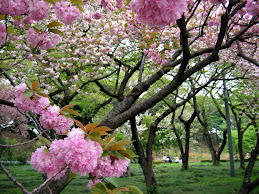
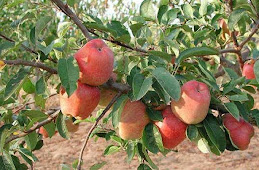









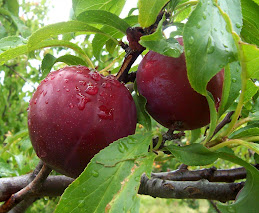
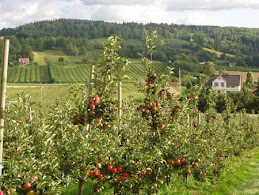












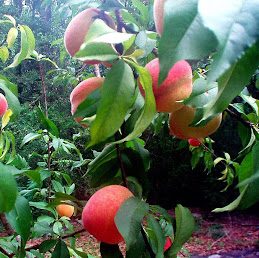

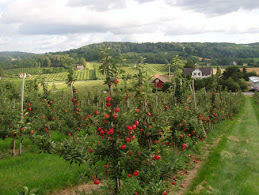



.jpg)
.gif)
.jpg)




























